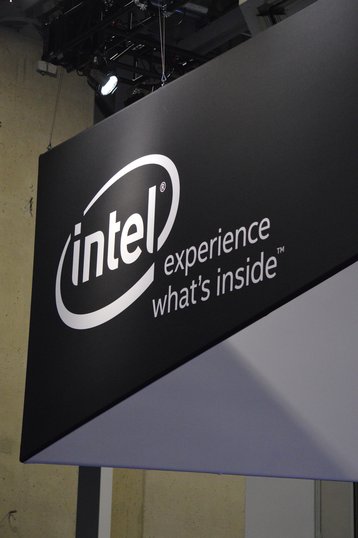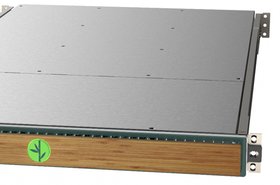Intel beat Wall Street earnings estimates and raised its annual forecast this quarter, but still saw its share price fall.
Key to its decline was the fact that the revenues of the company's Data Center Group fell more than 20 percent year-over-year to $5.56 billion.
For breaking data center news, features, and opinions, subscribe to DCD's newsletter
Intel's new CEO Pat Gelsinger blamed the decline on last year's pandemic-induced huge cloud growth that led to a slowdown in how many servers they added this quarter - with cloud sales down 29 percent.
"We had an extraordinary last year," Gelsinger said in an earnings call. "But now customers are almost through the digestion of that and we are starting to see signs that they want to start the next build phase in their cloud."
CFO George Davis added: "In data center, we believe revenue bottomed in Q1 and will increase in Q2 as cloud digestion impacts begin to subside, and enterprise and government momentum continues."
The company also said that the cost of ramping up 10nm production also impacted revenue, and that it expected 7nm start up costs to impact revenue in future.
Gelsinger hit back at an analyst's suggestion that cloud providers were reducing Intel orders as they began to design their own chips.
"We do see some of the elements that we talked about with respect to some of them exploring some of their own design work, and I will just say with that, we are very close to that," he said. "Those are fairly modest overall in terms of their volume so far."
With the launch of Intel's own third-party foundry business, Gelsigner hopes to build those chips in the future. "Those customers [are] saying, wow, now we can co-innovate without doing all the work of creating a new architectural point in the cloud environment."
The new CEO confirmed that the foundry business will allow cloud providers to design chips based on x86 cores.
"And we do believe that the ability for our customers to take advantage of x86 this way will be a meaningful shift in how people think about Arm versus x86," he said.
"Overall, we do think that making the x86 available this way is powerful. There are a trillion lines of code that have been optimized for the x86."
Gelsinger's comments come as cloud providers like AWS and Microsoft develop their own Arm chips, the world's fastest supercomputer runs on Arm, and Nvidia gears up to release its own Arm server chip.
Even in the x86 space, Intel has some difficulties - rival AMD has steadily taken server market share with its more powerful processors. The company uses TSMC to manufacture its chips, allowing it to use the 7nm process node line. Intel, meanwhile, only just launched 10nm CPUs, but plans to use TSMC in the future while its own manufacturing line catches up.




